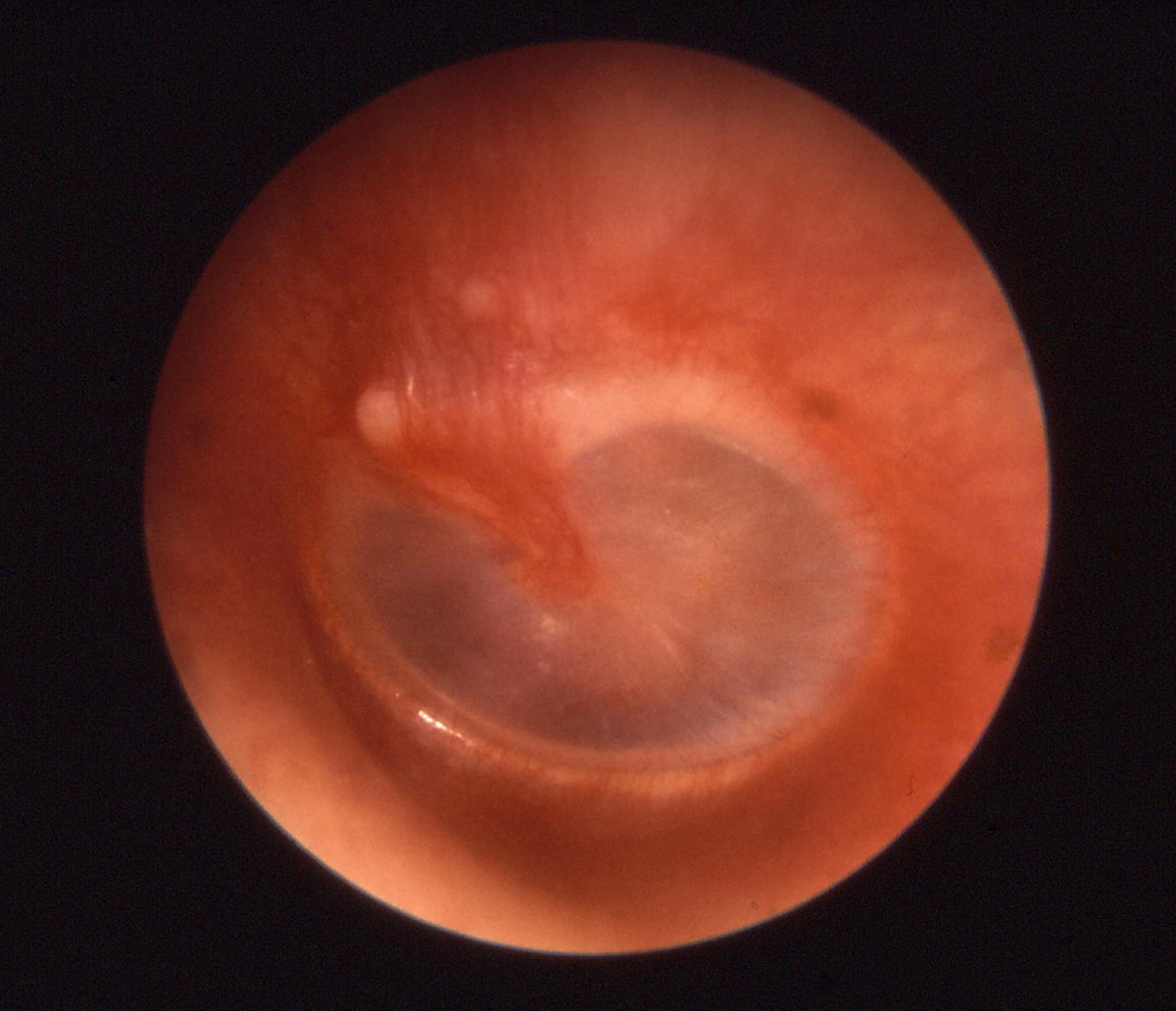
Otitis media is the medical term used for the medical condition which is commonly better known as middle ear infection or the inflammation of the middle ear. Middle ear is the area located between the inner ear and the tympanic membrane and it contains the Eustachian tube. Earache and otitis externa are the two medical conditions which are most frequently associated with otitis media. There are also numerous other diseases which may be triggering different sorts of ear infections and those may sometimes even include certain types of cancer. The good thing about middle ear infections is that in most cases they get resolved on their own in a matter of only a few weeks. Otitis media commonly affects children who are no more than three years old, and those cases are usually accompanied by certain types of upper respiratory infections as well. Nose viruses which are usually responsible for the onset of common cold may also infect the middle ear and lead to compromised pressure equalization and swelling. Eustachian tube cannot function properly when inflamed and it cannot drain all the fluids like it is supposed to. This delicate little organ is prone to numerous anatomical changes which occur as a child gradually grows older and the main change is that it ossifies to bone from cartilage. The angle at which it stands also gets altered over the years.
Causes of Otitis Media
Otitis media is commonly triggered by different types of fungi, bacteria or viruses. The most common types bacterial pathogens associated with otitis media include haemophilus influenza, moraxella catarrhalis, and pseudomonal aerugionsa. The most common viral pathogen which can be held responsible for the onset of otitis media is respiratory syncytial virus. Eustachian tube dysfunction commonly leads to infections of the inner ear as well. There are also certain indications that otitis media
Classification
Otitis media may be characterized by different degrees of severity. Probably the most common type of this condition is acute otitis media. It is usually caused by a viral pathogen and it is accompanied by an upper respiratory infection. It usually features ear popping, mild discomfort and ear congestion. Acute otitis media usually involves painful sensations which may sometimes be accompanied by high fever as well. There are three distinct phases of progression of acute cases of otitis media. The first phase commonly involves ringing in the ears, sensitive mastoid process, deafness, muffled noise in the ears, severe pain, meningism, rigors, fever and inflammation. This phase usually lasts for no more than two days. The second phase involves the discharge of pus from the ear and a gradual alleviation of the symptoms experienced in the first phase of the medical condition. This phase may last for an entire week. The third phase is actually the healing period and it may last up to a month in some cases. Serous otitis media is also sometimes referred to as secretory otitis media or otitis media with effusion and it involves a collection of fluid in the middle ear due to negative pressure. In some cases, this type of otitis media may be held responsible for the onset of conductive hearing impairment. The last type of otitis media is called chronic suppurative otitis media and it is characterized by a perforated tympanic membrane which triggers an infection in the middle ear. This type of otitis media can also be associated with hearing loss.
Diagnosis
In order to diagnose the acute otitis media properly the physician needs to visualize the tympanic membrane, and he or she needs to be well informed on the patient’s medical history. Tympanometer and monocular otoscope are the instruments which are commonly used for the examination of the inner ear and the eardrum.
Management
There are numerous different ways of treating the annoying medical condition we refer to as otitis media. Among the most effective ways of dealing with painful sensations so often associated with otitis media are different sorts of topical and oral analgesics. The most commonly used topical analgesics include Benzocaine ear drops and antipyrine ear drops, while the most commonly used oral analgesics include paracetamol and ibuprofen. There are also certain types of oral or nasal antihistamines and decongestants which may be helpful to a certain extent. A certain number of cases of acute otitis media need to be treated with prescribed antibiotics, but there are more of them which easily get resolved on their own. The biggest problem with the use of antibiotics for the treatment of otitis media is that they may sometimes trigger certain unwanted side effects. The most commonly used type of antibiotics for the treatment of otitis media is amoxicillin. Some chronic cases of otitis media may require an insertion of the so called tympanostomy tube. There are also certain types of alternative and complementary therapies such as osteopathic manipulation technique, but those are not recommended that often.

















Your thoughts on this
Loading...